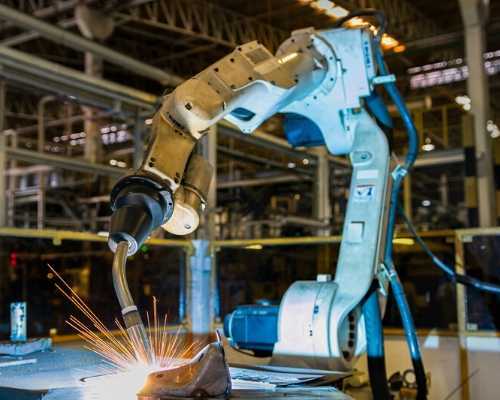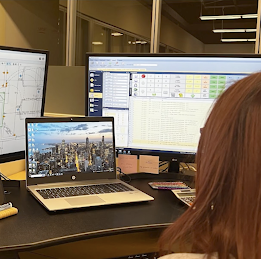Construction Industry Trends: May 2024 Roundup
0%
Stability is never a bad thing in the construction industry, as May 2024 pointed to positivity in several sectors of the construction industry. From the data center construction industry's latest developments, some big moves by major contractors, and the truly practical use of artificial intelligence, there’s plenty to talk about. Here's what happened in May 2024.

Data Center Construction Still a Focus
Despite a two-month dip, data center construction is still a hot topic. Some companies are doubling down on their investments while others are hitting roadblocks. One thing is for sure, though, many of the biggest tech companies are clamoring for their piece of the data real estate.
First, Microsoft reconsidered a billion-dollar decision it previously made for its Mount Pleasant, Wisconsin facility. Rather than the original $1B, Microsoft increased its planned spend to $3.3B. The plan expansion will now include a joint 250-megawatt solar project and an AI innovation lab, and it expects to create 2,300 union construction jobs for the area.
Tesla hasn’t been so productive, however. Its Austin, Texas data center project, which is critical for CEO Elon Musk’s goal of completely self-driving vehicles, is stalling out. The project, which started earlier this year, is still missing its roof and the majority of its ground floor. The delay is due to supply issues, weather-related delays, and other common construction challenges.
Also, a new onslaught of data center constructors is hitting the market. But despite the increase, a heavy dependence on local power is creating challenges for most data centers and a push for water positivity is shrinking the contractor eligibility pool.

$5B Rivian Project Stalled and Efforts Redirected with IL. Funding
Rivan’s $5B EV manufacturing facility near Social Circle, Georgia came to a stop a few months ago, and the latest developments point to it standing still for the foreseeable future. The automaker just received funds from the State of Illinois to fund an expansion.
Via press release, the automaker announced that it received a great deal of support from Illinois lawmakers, receiving $827M in incentive spending from the State of Illinois Department of Commerce and Economic Opportunity. The company now plans to expand the existing Normal, Illinois plant to increase its capabilities ahead of its newest vehicle release, the Rivian R2, which was originally slated to be manufactured in Georgia.
The R2 will be a mid-size version of the company’s already-available R1S and is expected to be available in the first half of 2026. The investment by the state will allow the company to beef up its plant and improve public infrastructure and employee training.
So, while Rivian’s Illinois efforts will ramp up, the Georgia project appears to be falling further down the priority list. This is in line with other EV manufacturers like Ford and General Motors, both of which have slowed down until demand for EVs increases.
Loyola University Integrates AI into Building Management
AI is in everything these days, but its uses aren’t always practical. But, when Loyola University set out to use an AI program and a specially designed algorithm to improve its energy efficiency, practicality became a reality.
The subject? A 150,000-square-foot mixed-use building known as the Schreiber Center. The result? A 10% reduction in HVAC-related energy costs and a 15% reduction in carbon emissions.
Using BrainBox AI’s artificial intelligence system, coupled with a custom algorithm, the study compared three modes of the building management system. It looked for opportunities to store extra energy and shift energy consumption to times when renewable energy is abundant.
In essence, the program allowed the management system to precool the building at the most opportune times, turning it into a thermal battery without consumer energy during predominately coal and gas-powered energy production periods.
With the focus on green building, it’s safe to assume that AI will play a larger role in identifying opportunities in new designs and buildings. These programs can help shortcut the process of reaching net zero over the next few decades, and Loyola’s study serves as an example.





